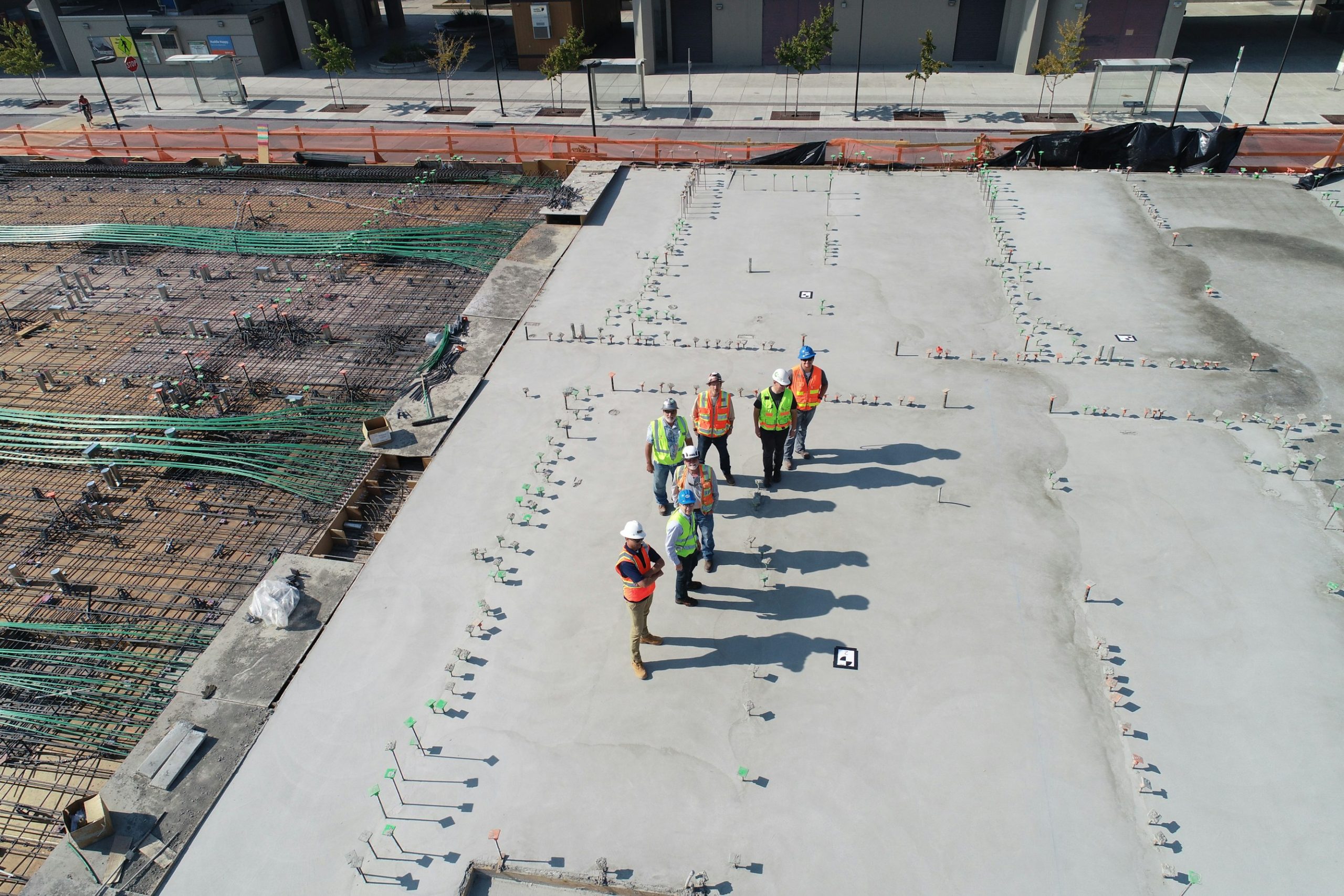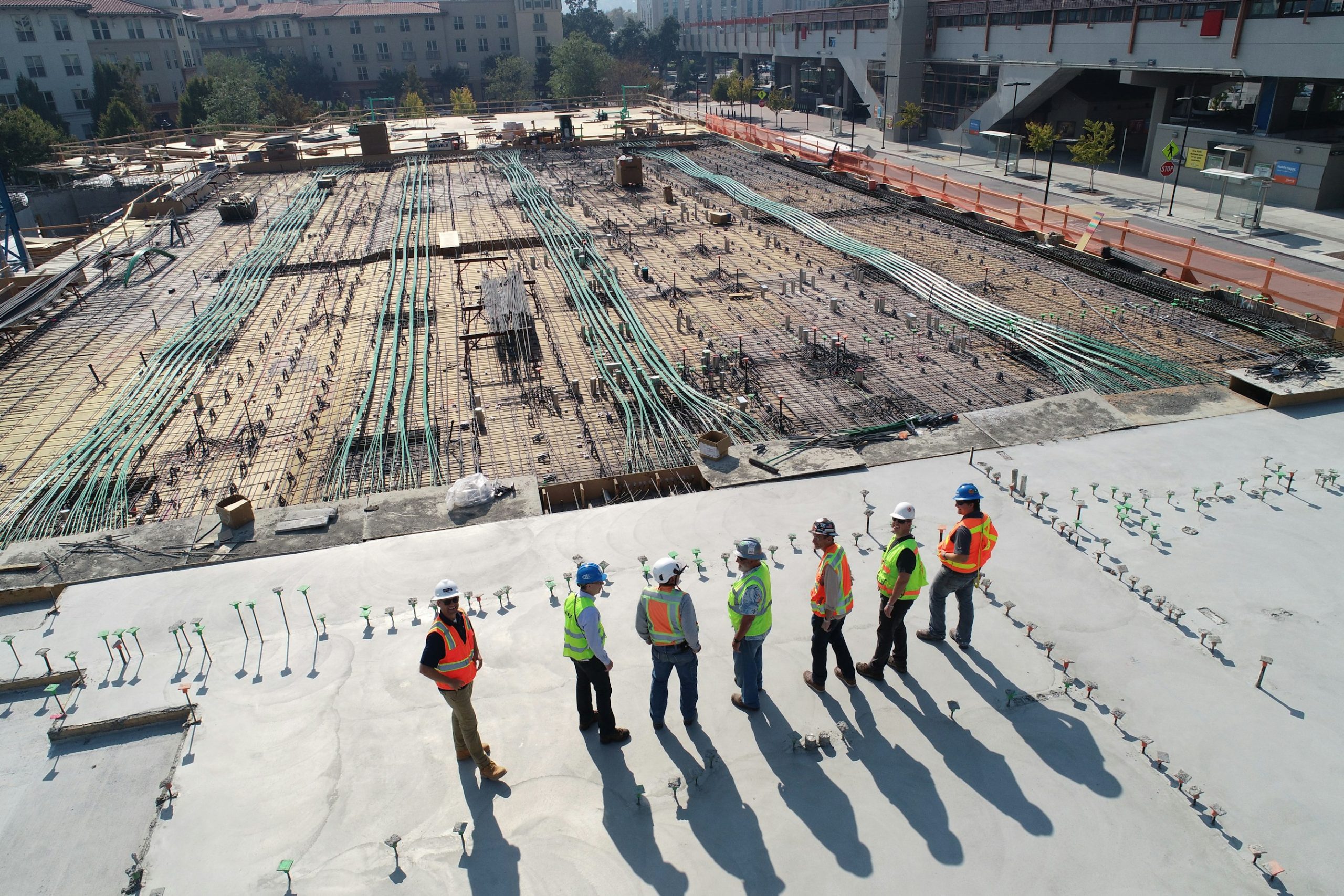Why Authority Coordination Needs a Modern Workflow Engine
In today’s fast-paced construction and regulatory landscape, organizations are increasingly recognizing the importance of leveraging technology to streamline processes. A modern workflow engine serves as an essential tool for enhancing authority coordination, effectively automating tedious tasks, and improving efficiency across projects. By using a construction project management software like Zepth, teams can reap substantial benefits, ensuring compliance and smooth project execution.
Key Concepts and Benefits
Automation and Efficiency
One of the primary advantages of a modern workflow engine is its ability to automate routine and repetitive tasks. By taking over essential functions such as data entry, document routing, and approval notifications, these systems significantly enhance operational efficiency and productivity in construction projects. When workflows are automated, employees can focus on higher-value activities that require critical thinking and problem-solving skills, leading to more effective use of time and resources.
Process Modeling and Mapping
Workflow engines also empower organizations to create comprehensive models of their business processes. By defining the sequence of tasks, specifying conditions for transitions, and visualizing the entire workflow, teams can essentially create a blueprint for automation. This thorough documentation ensures that processes are executed consistently, reducing the risk of errors that could arise during manual workflows. The flexibility of a modern workflow engine enhances communication and alignment among stakeholders, helping to achieve consensus and clarity before the project execution begins.
Dynamic Task Allocation
Another critical feature of modern workflow engines is the implementation of dynamic task allocation. With this functionality, tasks can be assigned automatically based on criteria like availability, expertise, or existing workload. This ensures that the right resources are always working on the right tasks, balancing workloads and eliminating unnecessary delays. For construction projects, where time is often of the essence, such efficiency is invaluable.
Key Features of a Workflow Engine
Visual Workflow Design
Modern workflow engines often come equipped with intuitive, visual interfaces that allow users to design workflows effortlessly. This capability is especially beneficial for project teams, as it enables them to map out complex processes without needing to delve into intricate coding. Such user-friendly design tools enhance collaboration, as team members can contribute to establishing workflows that suit their needs and preferences.
Conditional Logic and Decision Points
Workflow engines are capable of incorporating conditional logic, enabling better decision-making within processes. By allowing workflows to adapt to different scenarios, automation becomes more responsive to changes in project conditions. For instance, if a specific task is delayed, the workflow can automatically re-route tasks to ensure that other areas of the project remain on track.
Real-Time Monitoring and Analytics
Access to real-time monitoring and analytics is essential for effective workflow management. Modern workflow engines provide visibility into performance metrics, task statuses, and potential bottlenecks. With actionable insights, managers can make informed decisions and continuously optimize their processes. This feature ensures that workplace dynamics and project requirements adapt in real time, addressing challenges proactively instead of reactively.
Integration Capabilities
Workflow engines can seamlessly integrate with various systems and applications, facilitating smooth data exchange across platforms. By connecting with widely used tools such as CRM and ERP systems, workflow engines can significantly reduce manual data transfers and errors, further enhancing efficiency. This interoperability is a major asset in ensuring that all parts of the organization are aligned and functional.
Audit Trails and Compliance
Maintaining robust audit trails is crucial for accountability and compliance purposes, especially in the construction industry where regulatory scrutiny is prevalent. Modern workflow engines ensure traceability by keeping detailed logs of all actions taken within a process. These records facilitate regulatory compliance and internal auditing, as stakeholders can easily reference past decisions and actions associated with project progression.
Use Cases in Authority Coordination
Streamlined Communication
In the realm of authority coordination, implementing a workflow engine can centralize communication across all stakeholders. This centralization ensures that everyone involved is on the same page, effectively minimizing confusion and discrepancies. Particularly in complex projects requiring collaboration between multiple departments or external authorities, reducing miscommunication is paramount.
Document Management
Workflow engines excel at automating the circulation of essential documents such as permits, approvals, and contracts. By ensuring that these documents are reviewed and signed in a timely manner, organizations can minimize delays and the cumbersome movement of physical paperwork. This capability not only speeds up processes but also enhances overall project compliance.
Resource Management
Efficient resource management is another vital function of a workflow engine. By automating resource allocation, teams can ensure that the appropriate personnel are assigned to specific tasks at optimal times. This feature becomes even more significant when coordinating projects with external authorities that may have limited availability, enhancing the likelihood of successful collaboration.
Best Practices for Authority Coordination
Standardization
To maximize the benefits of a modern workflow engine, standardization of procedures and automation of repetitive tasks should be a prime focus. This involves identifying inefficiencies within current practices and eliminating unnecessary tasks to optimize performance. When stakeholders consistently follow standardized processes, performance improves across the board.
Centralized Data Management
Centralizing project data fosters better accessibility for all team members, helping to solve discrepancies and identify workflow bottlenecks. A centralized repository ensures data consistency, which ultimately streamlines processes. By reducing the time spent in search of documentation or information, teams can work more effectively and collaboratively.
Real-Time Feedback and Monitoring
Regular feedback meetings and real-time monitoring of workflows are necessary to maintain an accountable and transparent project environment. Establishing open lines of communication promotes problem-solving and decision-making, which are crucial for effective execution. Feedback allows for continuous improvement, ensuring that teams learn from their experiences.
Emerging Innovations in Workflow Management
Hybrid and Remote Work Tools
The post-pandemic era has seen a significant shift toward remote and hybrid work environments. Integrating tools such as Microsoft Teams, Zoom, and Slack into workflow management systems has become essential for enhancing communication and collaboration among distributed teams. Workflow engines that incorporate these tools can facilitate seamless interaction, no matter where team members are located.
Data Analytics and Business Intelligence
Utilizing advanced data analytics and machine learning algorithms supports predictive workflow analytics, enabling businesses to forecast trends and monitor workflows in real-time. This functionality fuels business intelligence initiatives, allowing organizations to create narrative dashboards and advanced visualizations for effective monitoring and reporting.
BIM Coordination in Construction
Integrating Building Information Modeling (BIM) with workflow coordination platforms substantially enhances efficiency in construction projects. BIM facilitates early clash detection and model reviews, ensuring that all team members operate with the latest data sets and visuals. By minimizing reworks and improving project quality, BIM coordination constitutes a vital component of modern construction practices.
How Zepth Can Help
Zepth provides a range of capabilities that align with the needs of organizations seeking to improve their authority coordination. Key features include:
- Integration and Automation: Zepth’s solutions integrate with various systems and applications, automating routine tasks and streamlining workflows.
- Real-Time Monitoring and Analytics: The platform offers insights into workflow performance, helping managers identify bottlenecks and optimize their processes.
- Centralized Communication and Data Management: Zepth ensures that all stakeholders have access to the same information, enhancing collaboration and minimizing discrepancies.
- Customized Workflows: The capability to create tailored workflows ensures that specific organizational requirements are met, regardless of the nature of the tasks at hand.
By leveraging the potential of a modern workflow engine, authorities can significantly enhance their coordination efforts, improve efficiency, and maintain compliance with regulatory standards. For those interested in implementing Zepth’s advanced solutions for authority coordination, check out their offerings on construction management solutions and workflow automation tools.




